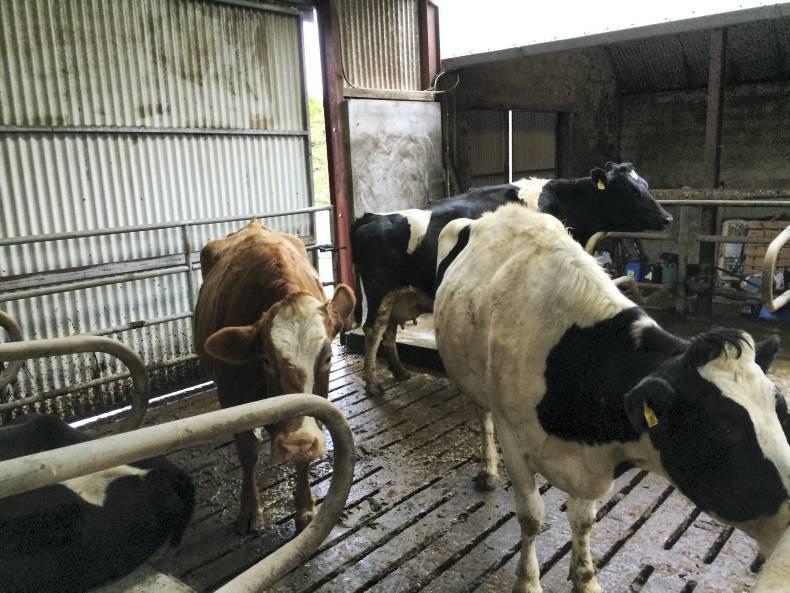It’s come to that time of the year again. Spring calving dairy herds across the country are in the midst of drying off.
I have 40% of the herd dry at this stage and they are continually being dried off based on their expected calving date.
I delivered a discussion group meeting recently as part of my role with the organisation in which I am currently employed, focusing on drying off cows, and there were many differing views on different drying off techniques.
Should you use antibiotics?
One of the main considerations was whether or not to use antibiotics for all cows or just the problem cows. By ‘problem cows’, I mean those that have had mastitis problems in the past. In light of recent media reports on antibiotic resistance, farmers need to be more conservative with their use of antibiotics.
With regard to drying off cows, selective use of antibiotics requires certain parameters to be adhered to, including a minimum of three milk recordings per cow, a herd somatic cell count of less than 200,000 and less than 5% recent mastitis infection.
Milk recording is crucial in determining which cows do not require antibiotics, so those farmers who are not currently recording should really make it a New Year's resolution! Notwithstanding the benefits in enabling selective dry cow therapy, dairy farmers can also benefit from milk recording in other ways such as ranking cows in terms of milk yield, and milk fat and protein composition.
Best time to dry off
The small things can make a substantial difference at drying off. I find drying off after morning milking is best as I can run all the cows through, wash up and then eat the breakfast. Allowing the cows to wait for this length of time (for me to eat the breakfast) allows the teat end to close following milking, reducing the chance of infection.
Reducing mammary infection throughout the year is very important. Certain processes can be undertaken, such as ensuring clusters are released by stopping the air supply completely, avoiding over milking and liming cubicles regularly.
In this time of low milk price, reducing the costs associated with poor management at drying off is very important in pushing up profitability. At the end of the day, we can’t all be the IFA general secretary...
Listen below to our podcast of James Mimnagh discussing farming in north Longford with digital editor Thomas Hubert:











SHARING OPTIONS